Austin vibes, meet autonomous rides

Welcoming riders in Austin
We’re new in town, but not to autonomous driving. With over a decade of experience and tens of thousands of happy riders across Phoenix, SF, and LA, we’re ready to get Austinites where they’re going safe and sound.

How it works
Where you can go
Waymo One operates 24/7 across 37 square miles of Austin. Let the Waymo Driver take the wheel from Hyde Park, to Downtown, to Montopolis and beyond.
Testimonials
The fact that Waymo provides convenience, prioritizes safety, and is committed to sustainability makes it by far my favorite mode of transportation.
Learn why Eva chooses Waymo One


The Waymo Driver is our autonomous driving technology with unmatched experience and safety at heart
-
The Waymo Driver has over 20 million miles of real-world driving experience through countless situations - the equivalent of driving to the Moon and back 40 times.
-
We follow a rigorous safety framework that combines multiple methods that help verify and validate our safety readiness and meet applicable laws and regulations.
-
We’ve tested for over a decade in more than ten states, and today we are safely operating a fully autonomous, publicly available ride-hailing service in Phoenix, San Francisco, and Los Angeles.

Thank you to our community partners
Learn more about how Waymo partners with the communities where we operate
-
Waymo works with Texas School for the Blind and Visually Impaired, giving interactive technology demos as we build our technology for Austinites.
-
We’re helping fight hunger by supporting the delivery of freshly prepared meals to food insecure members of our Austin community.
-
Our engineers met with safety, disability and accessibility advocates to discuss building a safer way to move through Austin.















